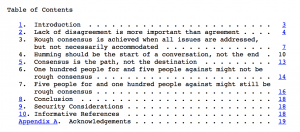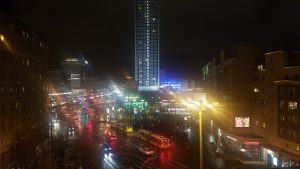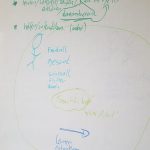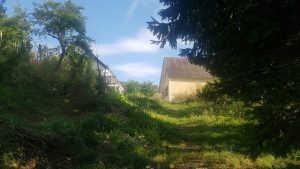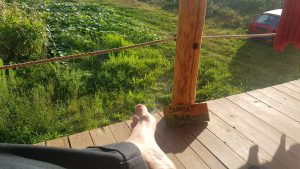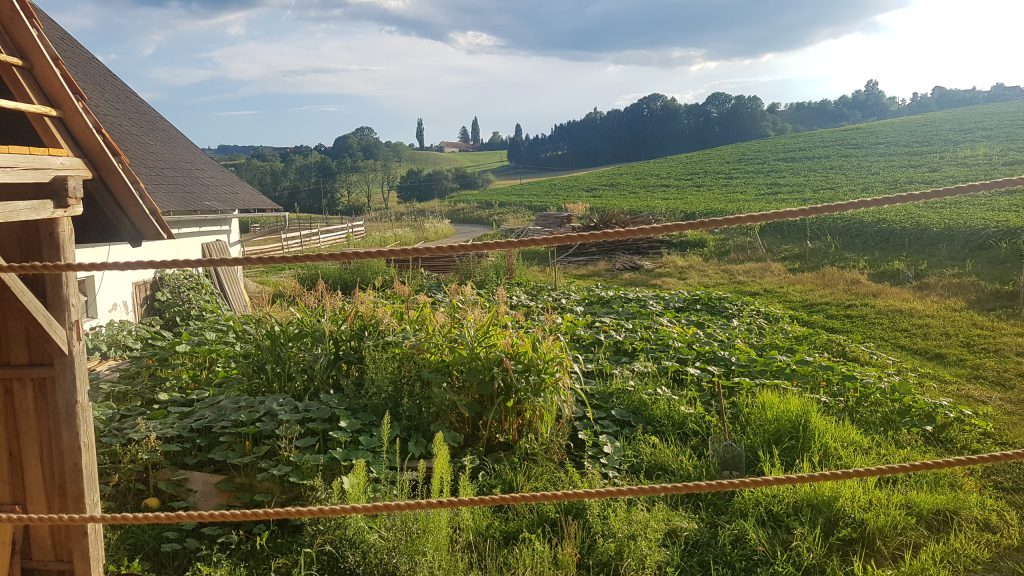Matthijs Collard on the Holacracy Community of Practise Forum:
I am coaching a colleague that has too many roles (Yes, that could also be me). I remember I once read an article about a nice little app (not software, but a Holacracy add-on method) that lets you evaluate your roles based on a few criteria. The result was that you figured out what roles you should give back. Thing is, I can’t find it anywhere. Does anybody know this app? Thanks!
Matthijs Collard
I don’t know an app, but I do have some thoughts.
On the individual level:
- What is your gut feeling about the Role? Often, you already know which Role you do not want to hold. In Holacracy, it is safe to act on these intuitions: the Role falls back to the Lead Link, who can then pass it on to somebody else. Alternatively, they may get back to you if more complex processing is needed. For yourself, it is allright to take care of yourself first: it is not necessary to think of all possible knock-on effects of your resignation. The Lead Link and the Circle are there to hold this.
- What are your skills in the Role? Are you good at it, or not so good?
- If you are good: Do you enjoy your mastery, or does it bore you?
- If you are not so good: Does this bother & exhaust you, or does it challenge & motivate you to learn?
- Speaking of learning: Do you still want to learn new things about the Role and the skills it requires? Do you see personal development for yourself in it? If not: Does this give you a sense of peace & stability or of stagnation & boredom?
On the group level:
- Do you see a colleague who might be a better fit for the Role?
- Is there someone who could do the job better?
- Is there someone who is highly motivated to hold the Role?
- Is there someone disconnected from the team, for whom this Role would help reconnect with the Circle’s activities?
Or in other words: Would another individual or the Circle as a whole benefit from you giving up the Role?
Giving up a Role doesn’t have to be about you: It can be about helping others or helping the Circle function better.
What other criteria or tests might there be to find out what Roles to give up? If you have any thought, please share them in the comment below or back on the Holacracy Community of Practise!


